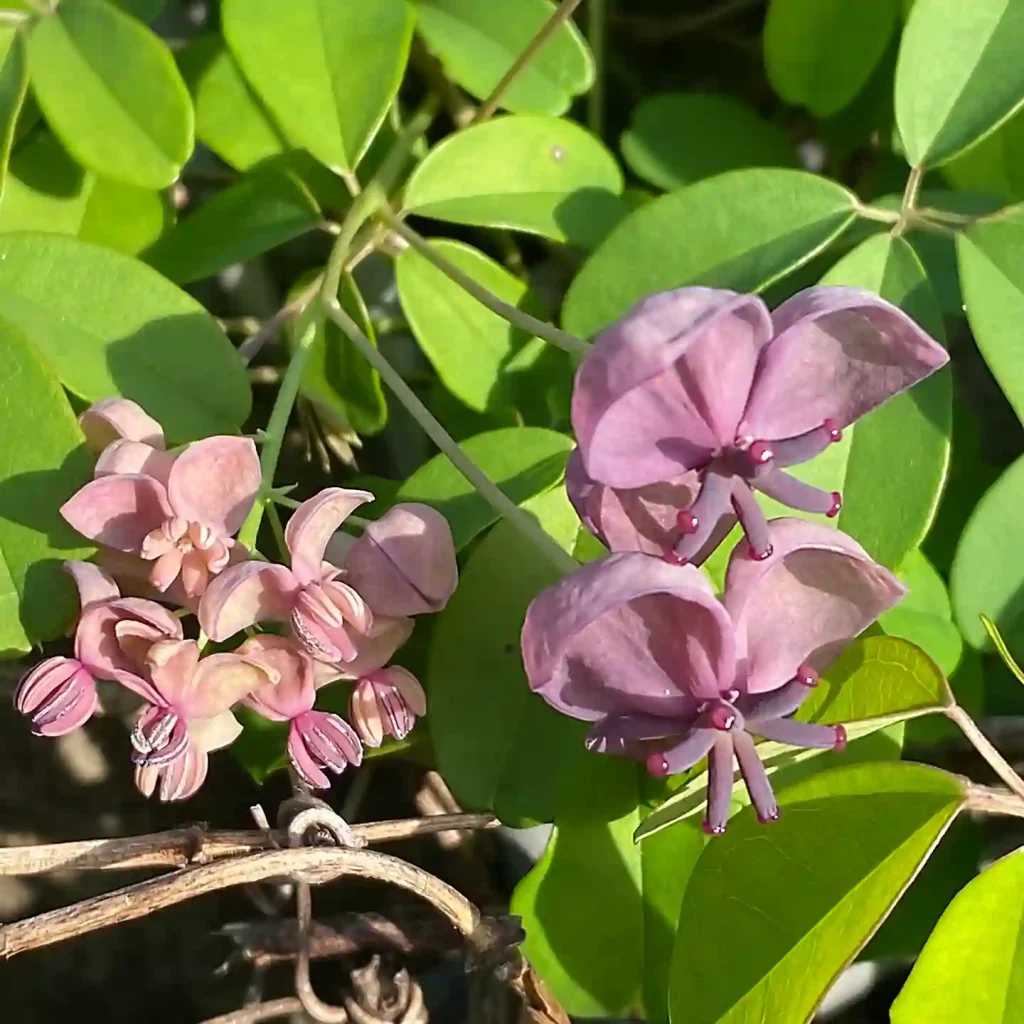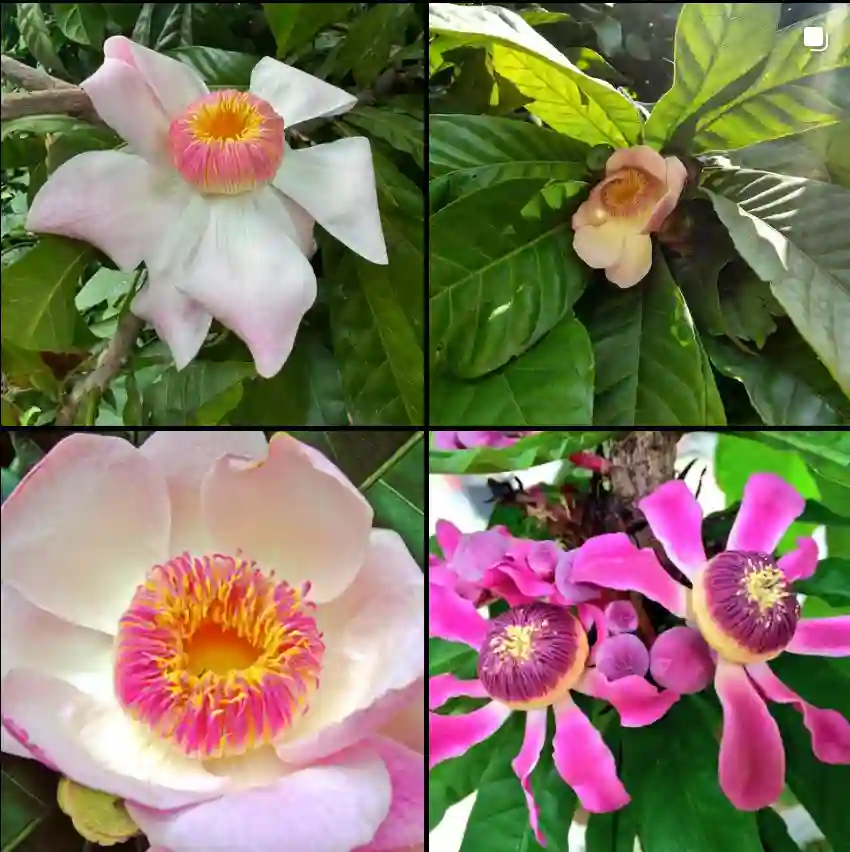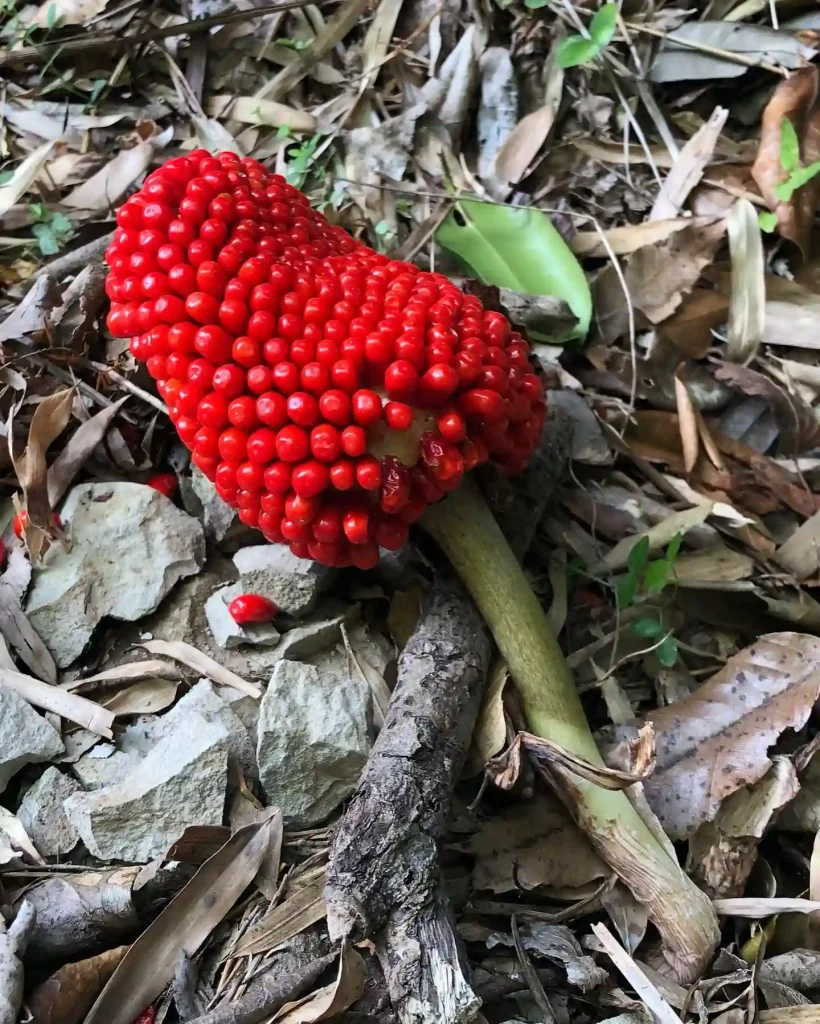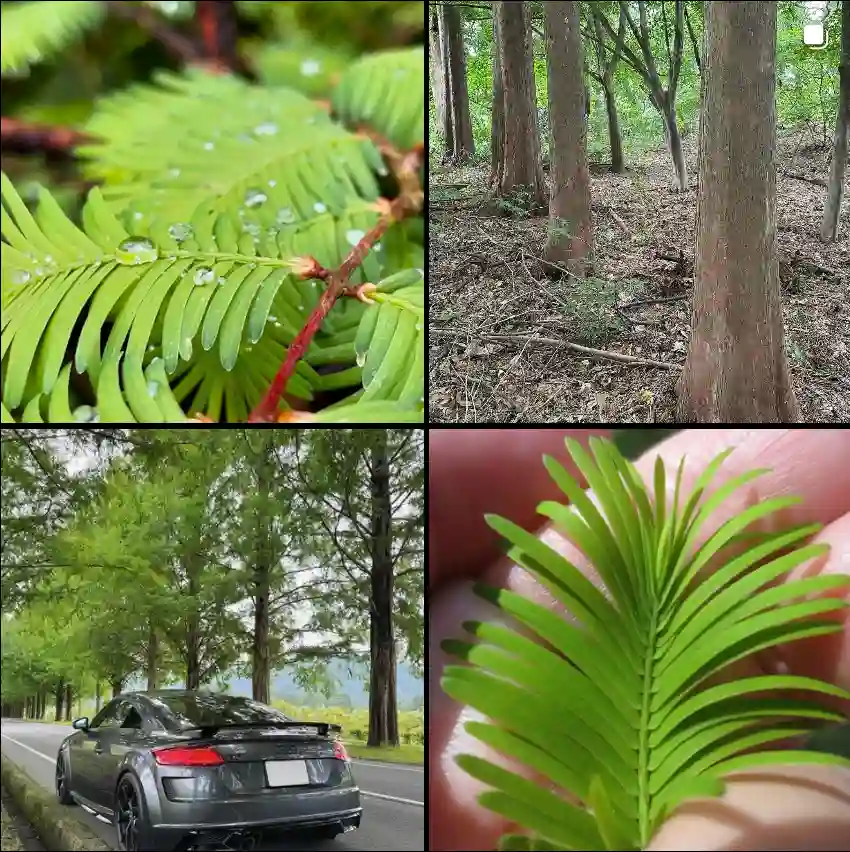The Teasel’s Tale: A Prickly Affair
My name is Ferb Vu, and I’ve always been drawn to the unusual. While others might find beauty in the delicate petals of a rose or the vibrant colors of a tulip, I find myself captivated by the unique architecture and defiant spirit of the teasel. This genus of flowering plants, known scientifically as Dipsacus, belong to the Caprifoliaceae family, is often overlooked, dismissed as a prickly weed. But to me, it’s a symbol of resilience and resourcefulness, a testament to nature’s ability to adapt and thrive even in the harshest conditions.
A Spiny Introduction
The first time I encountered a teasel, I was a young boy exploring the fields near my home. Its tall, spiny stem and cone-like flower head, bristling with sharp bracts, immediately caught my attention. It looked like something out of a medieval fairytale, a weapon wielded by a tiny knight. Intrigued, I reached out to touch it, only to be met with a surprisingly sharp prick. It was a lesson learned: admire the teasel’s beauty, but keep a respectful distance.
Over the years, my fascination with the teasel only grew. I learned about its unique adaptations, its ingenious way of collecting rainwater in the cup-like structures formed by its leaves, and its prickly armor that deters herbivores. I discovered that the teasel is not just a prickly weed, but a valuable resource for wildlife, providing food and shelter for insects and birds.
A Diverse Family
The genus Dipsacus comprises around 22 species, each with its own distinct characteristics:
- Dipsacus asper – Known for its prickly stems and leaves, D. asper is native to Asia and often grows in grasslands and roadsides.
- Dipsacus atratus – This species is characterized by its dark, almost black flower heads and is primarily found in parts of Asia.
- Dipsacus atropurpureus – Distinguished by its deep purple flowers, D. atropurpureus thrives in meadows and woodland areas.
- Dipsacus azureus – With bluish-purple blooms, D. azureus is native to mountainous regions and attracts a variety of pollinators.
- Dipsacus cephalarioides – Known for its unusual resemblance to the genus Cephalaria, this species has pale flower heads and is found in China.
- Dipsacus chinensis – Often grown for ornamental purposes, D. chinensis produces pinkish flowers and is native to China.
- Dipsacus comosus – Characterized by its bushy appearance and purple flower heads, this species is found in temperate regions of Asia.
- Dipsacus ferox – Named for its fierce spines, D. ferox has a prickly texture and grows in rocky areas and dry slopes.
- Dipsacus fullonum – Also known as common teasel, this species has been widely naturalized and is recognizable by its tall spiny stems and lavender flowers.
- Dipsacus gmelinii – Recognizable for its cone-shaped flower heads, D. gmelinii is native to Eurasian regions and attracts pollinators like bees and butterflies.
- Dipsacus inermis – Unlike other species, D. inermis is notable for its nearly spine-free stems, making it unique among teasels.
- Dipsacus japonicus – Native to Japan, this teasel has small, lavender flowers and grows along streams and wet habitats.
- Dipsacus laciniatus – Known as cut-leaf teasel, D. laciniatus features deeply lobed leaves and clusters of white flowers.
- Dipsacus leschenaultii – This species has attractive, pale purple flowers and is commonly found in montane regions.
- Dipsacus narcisseanus – Rare and lesser-known, D. narcisseanus is identified by its intricate flower structures and limited range.
- Dipsacus pilosus – Commonly called small teasel, this species has hairy stems and creamy white flower clusters.
- Dipsacus pinnatifidus – Known for its finely divided leaves, D. pinnatifidus is native to parts of Asia and grows in rocky habitats.
- Dipsacus × pseudosylvestris – A hybrid species, D. × pseudosylvestris shares characteristics of woodland teasels and occurs in hybrid zones.
- Dipsacus sativus – Historically cultivated for textile use, D. sativus has large, dense flower heads once used in wool processing.
- Dipsacus strigosus – With densely packed spines, D. strigosus grows along roadsides and open fields, attracting a range of insects.
- Dipsacus valsecchii – Known for its distinctive floral arrangement, D. valsecchii is a rare species found in limited parts of Europe.
- Dipsacus walkeri – This teasel species is unique for its elongated flower spikes and is native to specific regions in the Himalayas.
A Symbol of Resilience
For me, the teasel represents more than just a botanical curiosity. It’s a symbol of resilience, a reminder that even in the face of adversity, life finds a way to persist. The teasel’s prickly armor, its ability to thrive in disturbed habitats, and its ingenious adaptations all speak to its tenacity and resourcefulness.
In a world that often seems chaotic and unpredictable, the teasel stands as a beacon of strength and perseverance. It teaches us that even the most prickly and unassuming creatures have a valuable role to play, and that true beauty can be found in the most unexpected places.
The teasel’s story is a reminder that we should never underestimate the power of nature, and that even the most prickly characters can have a soft side. So the next time you encounter a teasel, take a moment to appreciate its unique beauty and its defiant spirit. You might just be surprised by what you discover.
If i die, water my plants!



